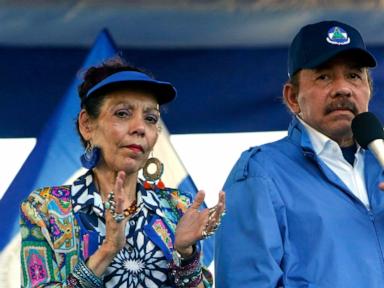ARTICLE AD BOX

- Ethereum Foundation co-executive director Tomasz Kajetan has confirmed that the Fusaka hard fork is expected to take place in the third or fourth quarter of this year.
- The Fusaka hard fork was initially planned to include the EVM Object Format, but will proceed without it following internal disagreements among core developers.
Ethereum’s next big upgrade, the Fusaka hard fork, is expected to launch sometime in the second half of 2025, not long after the much-hyped Pectra upgrade goes live on May 7. But one major feature that was intended to be part of Fusaka, the EVM Object Format (EOF), has been cut from the release, following a dispute between the project’s core developers.
Ethereum Foundation co-executive director Tomasz Kajetan Stańczak confirmed the update in a post on X, offering some clarity on the timing and what to expect. “There’s a big debate around EOF right now,” he wrote, “but one thing needs to be made clear: the current discussion is about the next network upgrade, Fusaka. It hasn’t been officially scheduled yet, but we’re aiming for a Q3 or Q4 release, around September or October.”
Excluding EOF from Fusaka is a cautious approach from Ethereum’s core dev team. Rather than pushing forward with aggressive updates, they’re focused on keeping the network stable and developers aligned.
What Was Planned for Fusaka?
Simply put, the EVM Object Format (EOF) is an upgrade designed to make Ethereum smart contracts run more smoothly and securely. It works by giving the Ethereum Virtual Machine (EVM) a structured and efficient way to handle bytecode, which is the dense, low-level code that Solidity smart contracts are turned into before the EVM can execute them.
However, the Geth (Go Ethereum) team voiced opposition to including EOF in Fusaka. Their main worry was that the proposal was simply too complex and could put the stability of the network at risk.
Developer Pascal Caversaccio shared similar thoughts in a March 13 post on Ethereum Magicians, saying, “EOF is extremely complex.” He added that the benefits it offers could be introduced in smaller, more manageable updates to the Ethereum Virtual Machine, rather than overhauling everything at once. As an example, he suggested a simpler fix: just removing unused JUMPDEST instructions to shrink bytecode size without complicating the entire system.
On April 28, Ethereum developer Tim Beiko confirmed on X that the EOF upgrade won’t be included in the upcoming Fusaka release. He explained that there are still some unresolved technical issues and concerns that adding EOF could delay the overall rollout.
With EOF off the table, the Fusaka upgrade will now center on PeerDAS (Peer Data Availability Sampling), a feature aimed at making the network more scalable. PeerDAS is intended to increase data availability on the network, which is needed to facilitate Ethereum’s growing list of Layer 2 solutions.
Instead of downloading complete data sets, PeerDAS allows nodes to sample data fragments from peers, thus speeding up the validation process with less bandwidth usage.
Despite the debates behind the scenes, Ethereum’s market performance has been strong. ETH increased 13.35% in the last week, and in the past 24 hours alone, it increased another 2.65%, bringing the price up to $1,835. Trading activity also surged, with volume increasing 56.35% to $17 billion, a sign that investor confidence remains high as the network continues to expand.
.png)
 3 hours ago
3
3 hours ago
3







 English (US)
English (US)